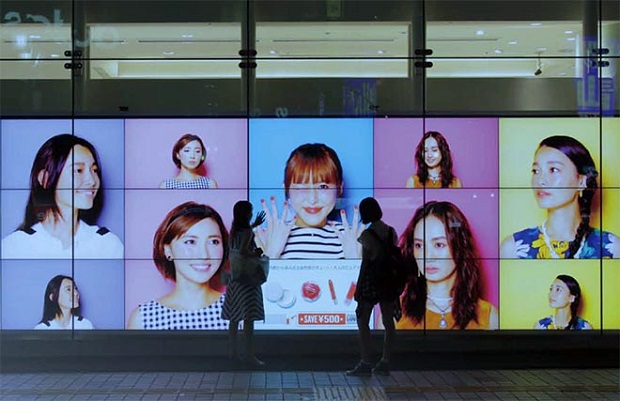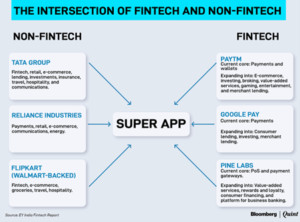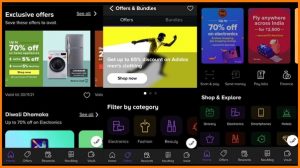Little Red Book & Instagram Have Many Features In Common
Little Red Book or Xiahongshu isn’t Instagram and Instagram is not even close to the little red book, but we’re certain of one trait the two apps share in common and that is their ‘aesthetic’. Before we dive into spelling out the meaning of aesthetics and why it is s important for retail brands to rope it into their digital strategy, we’d like to broach over the millennial talk. Yes, we’re talking about the reason aesthetics have come into the picture in the first place.
So lets put aside sales, numbers and all of those boring (but super important) facts aside for a minute to tell you that Instagram and Xiaghonshu feed the millennial craving for skewed reality. Millennials are obsessed with the way things are presented on social media and the two apps, despite their presence in two different worlds have managed to capture similar levels attention!
What Is The Little Red Book?
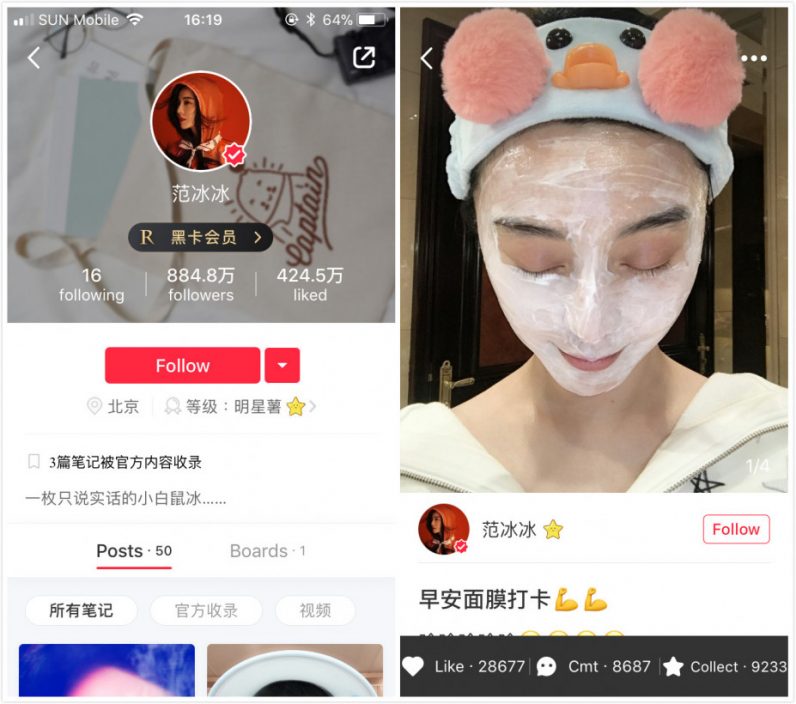
‘The app is Instagram and Pinterest sprinkled with a dose of Taobao’ – Technode. We imagined social media in the west, but China went 10 steps ahead and invented social e-commerce – A platform where you can shop right out of social media! That is literally just one aspect of the platform.
What Is Instagram?
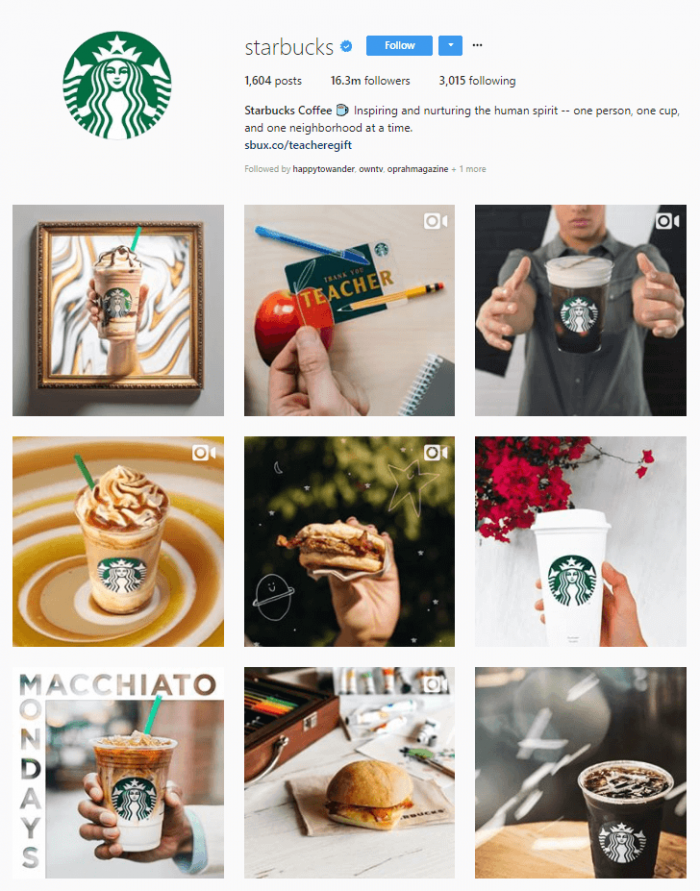
Instagram is the app with the largest user base in the western world. Its userbase comprises of 1 billion young men and women that adore visuals, aesthetics, arts, crafts, memes etc. the app of the century has given a voice to million creative minds and brands have successfully leveraged the app to connect and engage with their userbase through #Hashtags. It lets users discover and get discovered and lets brands get the desired visibility along with letting users shop indirectly through links on posts and the bio.
The Little Red Book And Aesthetics
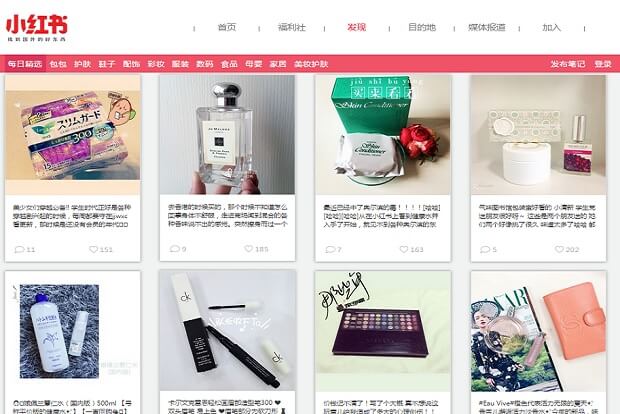
The little red book as a social e-commerce platform draws brands and users to buy and sell authentic products from the fashion, beauty, technology, health and baby products section. The platform harbors brands like Chanel and Dior have been paying dire attention to the platform because of the platforms user base i.e. 100 million users with women topping the graph.
The Interface is aesthetically pleasing with perfect looking products, colours, size, tints and flawless skin with high fashion posts. The feed is similar to Pinterest, but the user interface and functions are similar to Instagram
Eg. A Xiahongshu KOL may post a picture about how creamy a particular makeup product is which is more than enough tea to get users started on a conversation
Instagram And Aesthetics
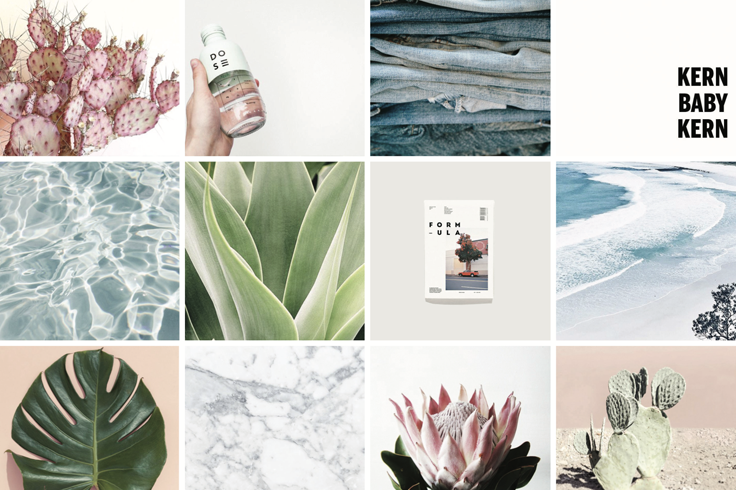
Instagram places a high emphasis on a user’s feed. From the brand point of view, a user is most likely to purchase products of the app if it is visually pleasing i.e. perfect aspect ratio, the right size, color tint, sheen, luster etc. mainly for beauty and fashion related products.
Instagram lets users connect directly to the brand, engage in contests and also have discussions among themselves about the product. The stories function gives the users real time updates specifying the authenticity of the brand as well.
Eg. An Instagram blogger posts real time stories or an aesthetically pleasing post about how he/she uses a particular product and tags the brand to lead users to the page.
The Little Red Book Features
It follows the social e-commerce formula (social + e-commerce) where users can engage with the platform in 3 ways by:
- Liking the post – Similar to Instagram ‘Like’ feature
- Collecting the content – Similar to Instagram and Pinterest’s pinning and archiving feature for later
- Engagement – Interacting with the post and the user as well, which again is similar to Instagram and Facebook
- Share via WeChat – It lets you link the post on WeChat to your contacts
- Buy The Product – The app lets the user buy the product via the product link
Instagram features
- Liking the post – Similar to the Little Red Book’s features
- Collecting content – It lets users archive posts for references which is similar to the little red book
- Engagement – Users can comment on posts and brands can interact with the users, again a feature similar to the little red book
- Shop – Users can click on the product links from the posts and the bios indirectly
The Little Red Book KOLs
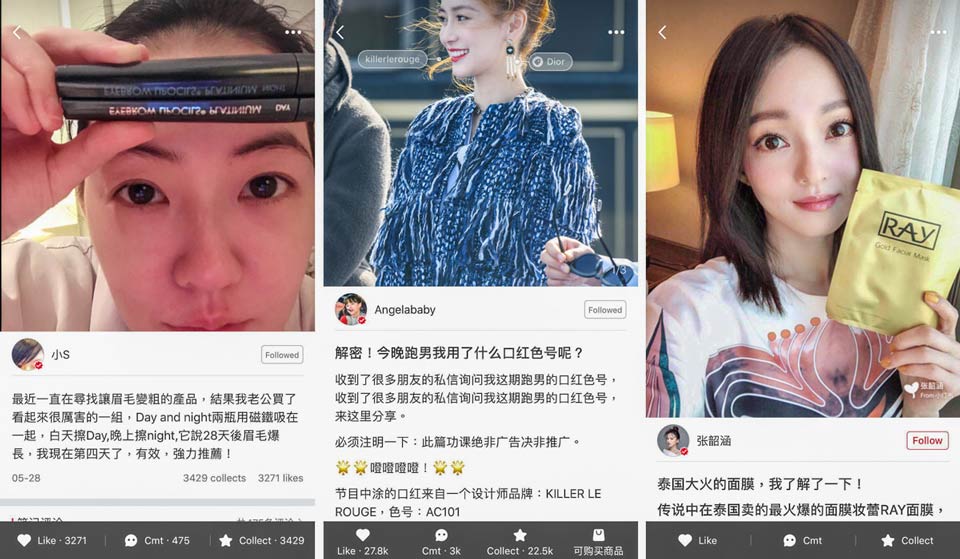
The platform also incorporates multi-channel networks (MCNs), which contact influential content creators on behalf of brands in order to increase popularity across multiple platforms because of the trust it has built through the community. Companies and MCNs can now find influencers by searching content tags and view statistics such as a content creators’ fan count, number of likes, average hits over the past 30 days, and the average number of comments per post. It has around 8,000 verified brands and 4,800 influencers.
Instagram KOLs
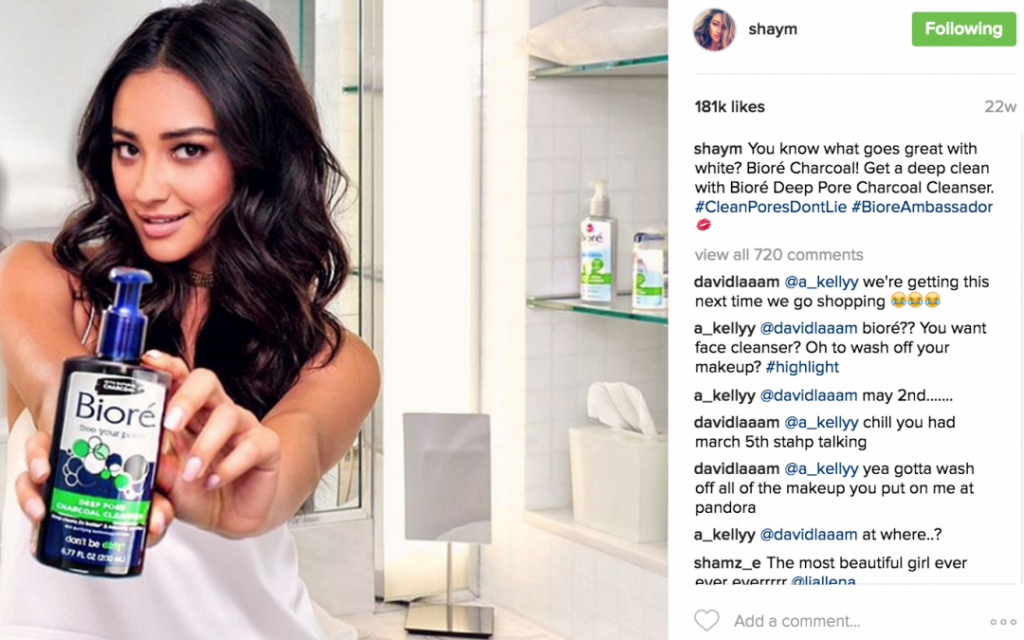
Instagram doesn’t have a streamlined process of a multi-channel network that the little red book set In place, but it does have influencer. Local influencers are often reached out to via brands through agencies to feature their products on their feed and post stories about them. There is no specific record of the amount of influencers or brands on Instagram. Verification and authenticity is a gap that Instagram can fill in with learnings from the little red book








